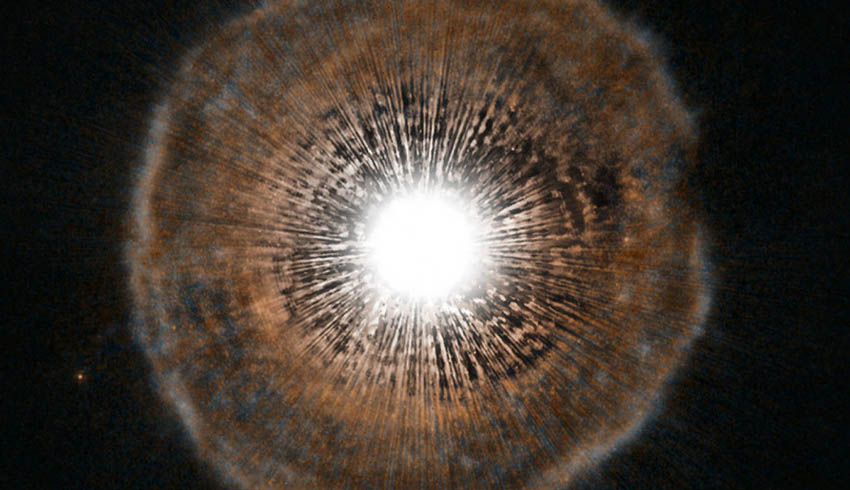Dr Meridith Joyce, an astronomer based at the Australian National University (ANU), co-led the study with Dr László Molnár and Dr László Kiss from the Konkoly Observatory of the Hungarian Academy of Sciences. Dr Joyce said the star studied, T Ursae Minoris (T UMi), was similar to the sun.
"This has been one of the rare opportunities when the signs of ageing could be directly observed in a star over human timescales," said Dr Joyce.
The findings support the prediction that our sun will turn into a red giant and then into an expanding and glowing ring-shaped shell of gas in 5 billion years, leaving behind a small white dwarf as a remnant, Dr Joyce said.
"It will become much bigger as it approaches death – eating Venus, Mercury and possibly the Earth in the process – before shrinking to become a white dwarf," she said.
T UMi was born about 1.2 billion years ago, with a mass roughly twice that of our sun, in the Little Bear constellation more than 3,000 light years from Earth.
The team found that over the past few million years, during its last stage of life before its ultimate transition to a white dwarf, T UMi has been undergoing a series of pulses, whereby its size, brightness and temperature have fluctuated enormously.
"Energy production in T UMi has become unstable. During this phase, nuclear fusion flares up deep inside, causing 'hiccups' that we call thermal pulses," said Dr Joyce.
"These pulses cause drastic, rapid changes in the size and brightness of the star, which are detectable over centuries. The pulses of old stars like T UMi also enrich the entire universe with elements including carbon, nitrogen, tin and lead."
The team has observed the star diminishing in size, brightness and temperature over the past 30 years.
"We believe the star is entering one of its last remaining pulses, and we'd expect to see it expanding again in our lifetimes. The star will eventually become a white dwarf within a few hundred thousand years," Dr Joyce said.
"Both amateur and professional astronomers will continue to observe the evolution of the star in the coming decades, which will provide a direct test of our predictions within the next 30 to 50 years."

